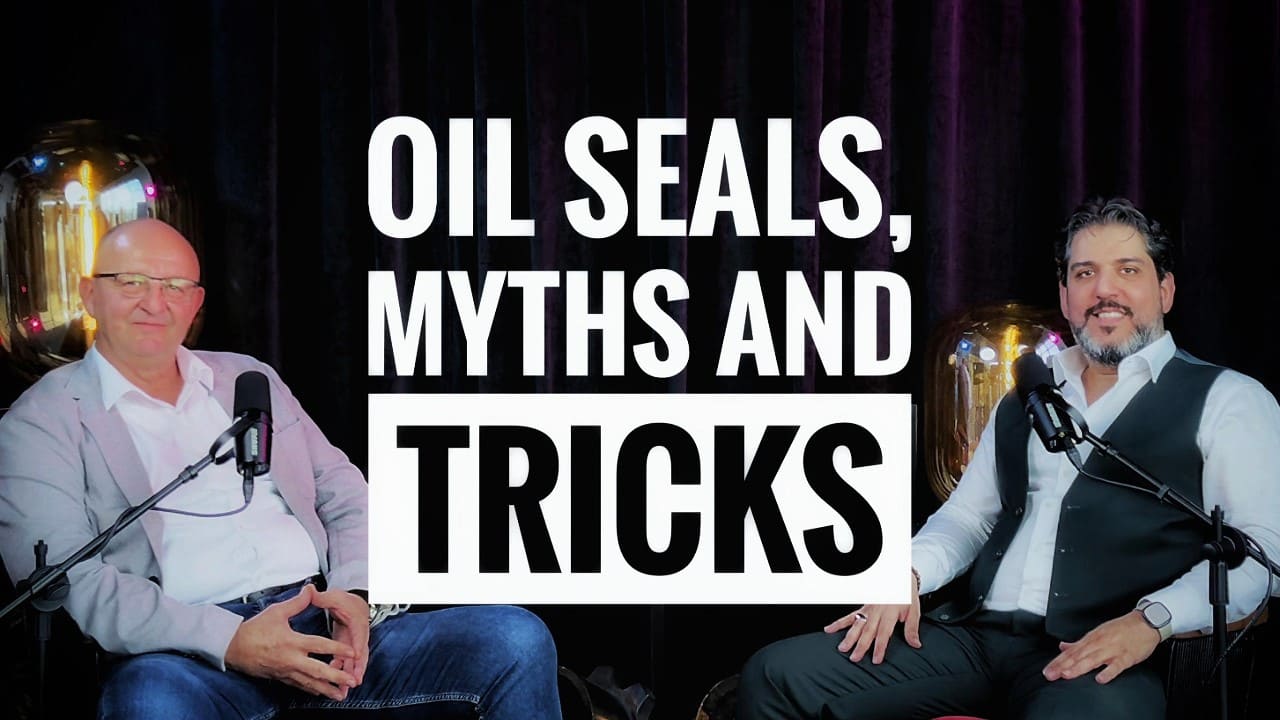Table of Contents
What are wheel bearings?
Wheel bearings are critical automotive components that allow the wheels to rotate smoothly with minimal friction. Located within the wheel hub, they connect the wheel to the axle and support the vehicle’s load during motion.
At their core, wheel bearings consist of small metal balls (ball bearings) or tapered cylinders (roller bearings) held within a metal ring called a race. Their purpose is to reduce rolling resistance and ensure a smooth driving experience while enduring significant weight and force.
Where are Wheel Bearings located ?
Each wheel of a vehicle has its own set of wheel bearings, housed inside the wheel hub. The hub connects the wheel to the suspension and axle, and the bearings allow for seamless rotation of the wheel assembly.
How Do Wheel Bearings Work ?
1. Load Distribution
Wheel bearings evenly distribute the weight of the vehicle while in motion, ensuring balance and stability.
2. Friction Reduction
They reduce friction between the wheel and axle, improving fuel efficiency and minimizing wear.
3. Enabling Rotation
By allowing the wheel to spin freely with minimal resistance, they ensure a smoother ride and better control.
Components of a Wheel Bearing Assembly :
Inner and Outer Rings: Provide structure and house the rolling elements.
Rolling Elements (Balls or Rollers): Carry the load and reduce friction.
Cage (Retainer): Keeps rolling elements evenly spaced to avoid collisions and wear.
This high-precision system is engineered to perform under pressure, enduring various environmental and driving stresses.
What Keeps Wheel Bearings Rolling ?
One side of the bearing assembly rotates with the wheel, while the other is fixed to the suspension system. Depending on the vehicle type and load requirements, either ball bearings or roller bearings are used:
Ball bearings: Low friction, better for speed.
Ball bearings use small spherical elements with minimal contact points, which reduces rolling resistance. They’re typically sealed, maintenance-free, and better suited for high-speed applications.
Roller bearings: Greater load capacity, suited for heavy-duty use.
Roller bearings use cylindrical or tapered rolling elements, offering more contact area and greater load-carrying capacity. These are often serviceable and ideal for heavier vehicles or applications that require higher durability.
Wheel Bearing Generations Explained :
Modern wheel bearings come in three main generations, each with its own design and function.

Generation 1 Wheel Bearing :
Compact double-row design
Cannot be disassembled
Pre-lubricated and sealed
May include ABS encoder ring
Requires correct preload via spindle/axle nut
Installation Tips :
Avoid damaging the ABS encoder
Fully seat snap rings and bearings
Always torque nuts to manufacturer specs
Generation 2 Wheel Bearing :
Compact double-row ball bearings
One mounting flange pre-fitted
Also sealed and pre-lubricated
May include ABS encoder
Installation Tips :
Similar to Gen 1, but may require special tools
Confirm correct alignment of flange and sensor ring
Generation 3 Wheel Bearing :
Complete assembly with 2 flanges
Uses sealed double-row ball or tapered roller bearings
Preloaded by roll-forming
Comes with ABS encoder ring
Designed for easy installation
Installation Tips :
Clean knuckle surface thoroughly
Don’t forget the brake dust shield
Always torque axle nut correctly Pay attention to seals in 4×4 vacuum-locking hubs
Comparison of Generation 1, 2, and 3 Wheel Bearings: Features, Design, and Installation
| Feature | Generation 1 | Generation 2 | Generation 3 |
| Common Usage | Driven/Non-driven wheels | Mostly Non-driven wheels | Modern vehicles (driven/non-driven) |
| Disassemblable | No | No | No |
| Number of Flanges | None | One flange | Two flanges |
| Includes ABS Sensor | Optional | Optional | Yes |
| Pre-Lubricated & Sealed | Yes | Yes | Yes |
| Mounting Type | Press-fit | Flanged mount | Bolt-on unit |
| Load Capacity | Medium | Medium-High | High |
| Ease of Installation | Moderate | Moderate | Easy |
Symptoms of a Failing Wheel Bearing :
Knowing when a wheel bearing is going bad can prevent serious damage. Look for these common signs
1. Unusual Noises:
Humming, grinding, or clicking sounds while driving could mean a worn-out bearing.
2. Uneven Tire Wear:
Loosened bearings can cause improper wheel alignment, leading to tire wear patterns.
3. Loose Steering Feel:
Excessive play in the wheel assembly may make steering feel imprecise or “floaty.”
4. Vibrations:
Contaminated or degraded bearings can cause noticeable shaking during driving.
5. Wheel Locking:
If the bearing overheats or is contaminated, it could seize and potentially lock the wheel.
6. ABS or Traction Control Warnings:
Modern hub assemblies have integrated sensors. If a bearing fails, it could trigger ABS or ESC error codes.
Why Do Wheel Bearings Fail?
Several factors contribute to wheel bearing failure:
Improper Installation: Using tools like hammers or reusing old hardware can lead to early damage.
Road Hazards: Potholes, curbs, and speed bumps can cause internal damage.
Low-Quality Materials: Cheap bearings with poor heat treatment fail faster under stress.
Harsh Environments: Water, mud, and salt can breach seals and contaminate the grease.
Vehicle Modifications: Oversized wheels or stiff suspension components increase bearing load.
Tip: Always install OEM-specified rims, tires, and components to maximize bearing lifespan.
Wheel bearings may be out of sight, but they should never be out of mind. Regular inspections, timely replacement, and proper installation are key to ensuring a safe and smooth ride.
Whether you’re driving through city traffic or off-roading in extreme conditions, wheel bearings play a vital role in your vehicle’s performance and safety. Choose high-quality parts, stay alert to symptoms, and rely on professional service to keep your wheels rolling freely.
Explore our wide range of high-quality automotive wheel bearings engineered for performance, safety, and durability. Whether you’re a workshop, distributor, or DIY enthusiast — trust the experts to keep your wheels rolling.
Fill out the form below, and one of our experts will get in touch shortly with personalized support and product recommendations.














